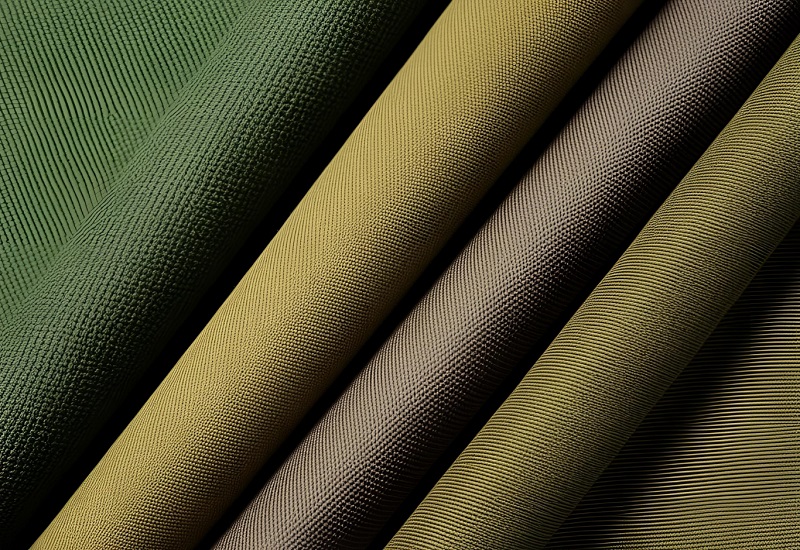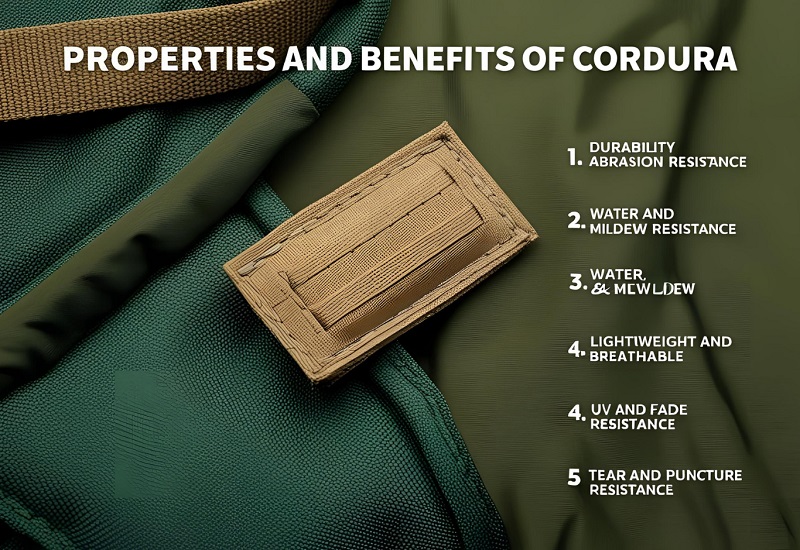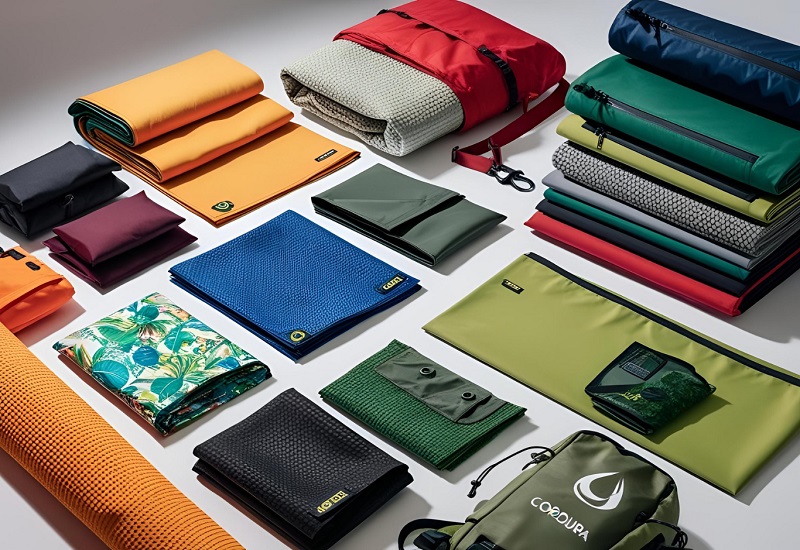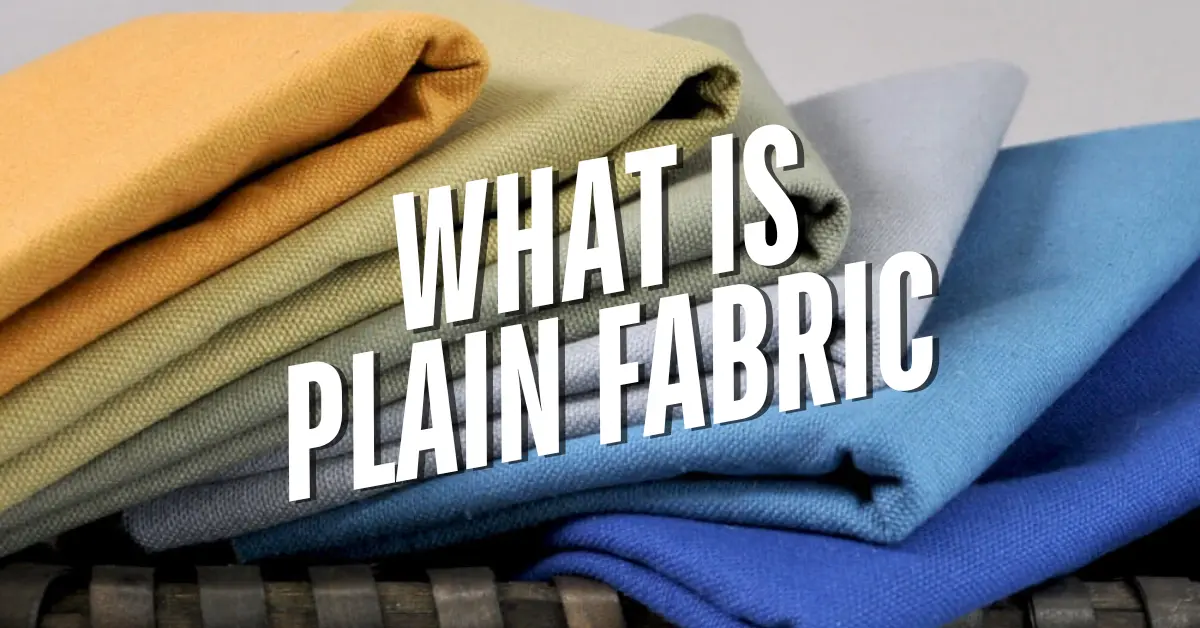Cordura fabric is made from high-tenacity nylon 6,6, known for its strength and abrasion resistance. Some variants also blend cotton, polyester, or recycled materials. This synthetic fabric is widely used in industries requiring durability, including military gear, outdoor equipment, and protective clothing.
What is Cordura made of, and why is it so popular? Cordura is a trademarked fabric originally developed by DuPont in 1929 and later improved by Invista. Known for its superior abrasion resistance, tear strength, and water repellency, Cordura is now a preferred material in tactical, industrial, and outdoor applications.
Common Applications of Cordura
Cordura’s versatility makes it ideal for various products, including:
- Outdoor Gear – Backpacks, hiking boots, tents, and sleeping bags.
- Military and Tactical Use – Combat uniforms, ballistic vests, and tactical backpacks.
- Workwear and Protective Clothing – Heavy-duty pants, gloves, and motorcycle jackets.
- Luggage and Everyday Items – Suitcases, duffle bags, and wallets.
- Footwear and Sporting Goods – Trail running shoes and athletic apparel.
Composition of Cordura Fabric

Primary Materials Used in Cordura
Cordura fabrics are primarily made from high-tenacity nylon 6,6 fibers, a synthetic polymer designed for extreme durability. Nylon 6,6 is stronger than standard nylon and resists fraying, tearing, and punctures.
What is Cordura made of when comparing different variations? Cordura is available in different blends to enhance specific properties:
- CORDURA® NYCO – A blend of nylon and cotton, offering durability with added comfort and breathability.
- CORDURA® Polyester – Uses polyester fibers, making it a more affordable option with moderate strength.
- CORDURA® EcoMade – Features recycled materials, such as repurposed plastic bottles and industrial waste, for sustainability.
- CORDURA® Ballistic Nylon – A high-density weave nylon fabric designed for extreme impact resistance, used in military gear and luggage.
Properties and Benefits of Cordura

Durability and Abrasion Resistance
Cordura’s high-tenacity fibers make it 10 times more abrasion-resistant than standard cotton duck fabric. This ensures long-lasting performance in rugged environments like hiking, combat, and industrial work.
Water and Mildew Resistance
Most Cordura fabrics have a polyurethane coating and a durable water-repellent (DWR) finish, making them resistant to moisture, mildew, and rot. This feature is essential for outdoor, marine, and military applications.
Lightweight and Breathable
Unlike traditional heavy-duty fabrics, Cordura maintains lightweight properties while remaining breathable. This balance allows for comfortable wear, especially in workwear, jackets, and hiking apparel.
UV and Fade Resistance
Certain Cordura fabrics, particularly those used in outdoor furniture and bags, feature UV-resistant coatings to prevent fading and degradation from prolonged sun exposure.
Tear and Puncture Resistance
The woven construction of Cordura provides high resistance to tearing and punctures, making it suitable for tactical gear, motorcycle clothing, and industrial uniforms.
Modern Innovations in Cordura Fabric

Introduction of Recycled Materials
What is Cordura made of in modern times? Cordura has embraced sustainability with CORDURA® re/cor™, which uses reclaimed materials. These fabrics retain the durability of traditional Cordura while reducing waste and environmental impact.
Advancements in Fabric Technology
To meet evolving demands, CORDURA® UltraLite was developed to provide maximum strength with reduced weight, making it an ideal choice for lightweight tactical and sportswear applications.
Enhanced Fire-Resistant Cordura Fabrics
New fire-resistant Cordura fabrics are designed for military, firefighting, and industrial safety gear, providing heat and flame resistance without sacrificing durability.
Comparing Cordura with Other Fabrics
Cordura vs. Standard Nylon
Cordura offers higher tensile strength, better abrasion resistance, and improved longevity compared to regular nylon.
Cordura vs. Polyester
Polyester is cheaper and lighter, but Cordura is more durable, water-resistant, and wear-resistant, making it better for heavy-duty applications.
Cordura vs. Kevlar
Kevlar is stronger and heat-resistant, making it ideal for bulletproof vests, while Cordura is more flexible, breathable, and cost-effective for everyday wear and gear.
Conclusion
Cordura fabric is primarily made of high-tenacity nylon 6,6, but also includes blends of cotton, polyester, and recycled materials for specialized applications. What is Cordura made of when looking at modern uses? It is engineered to provide durability, water resistance, UV protection, and lightweight properties, making it a top choice for military, outdoor, and industrial use. With ongoing innovations focusing on sustainability and performance, Cordura continues to be a leading fabric for demanding environments.

Manager – Fabric Technical and Sourcing/Product Development/ Sustainable Material Management.
I am a B.Sc .-educated Manager of Fabric Sourcing and Technology with extensive experience in the apparel and fashion industry. Passionate about trend analysis, fabric sourcing, and sustainable textile solutions, I thrive in fast-paced environments that demand innovation, adaptability, and leadership.
As a servant leader, I am committed to honesty, transparency, and continuous process improvement. My expertise spans fabric development, product quality management, and supply chain optimization, ensuring exceptional performance across all facets of sourcing and production.
Core Skills & Expertise
✔ Fabric Sourcing & Development – Specialized in regular and sustainable textiles (BCI, Organic, Recycled).✔ Trend Analysis – In-depth understanding of global fashion and fabric trends.✔ Product Development – Expertise in material innovation and process optimization.✔ Quality Management – Strong focus on process control, ensuring high-quality production.✔ Leadership & Problem-Solving – Solution-oriented approach to team management and decision-making.
Technical Proficiency
🖥 Software & Tools:▪ Microsoft Outlook, Excel, Word▪ PLM (Product Lifecycle Management)
🌱 Sustainable & Ethical Practices:▪ Better Cotton Initiative (BCI)▪ Organic & Recycled Fabric Management
Key Strengths
✅ Solution-Focused Leadership – Driving innovation and efficiency in fabric sourcing.✅ Quick Decision-Maker – Adapting to market shifts and production challenges.✅ Team Player with a Positive Attitude – Ensuring collaboration and productivity.✅ Strong Time Management – Meeting deadlines while maintaining quality.
Professional Achievements
🏆 Li & Fung GEM Award – Recognized for fabric sourcing and supply chain management excellence.🏆 Group CEO GEM Award – Honored for outstanding leadership and process innovation.

